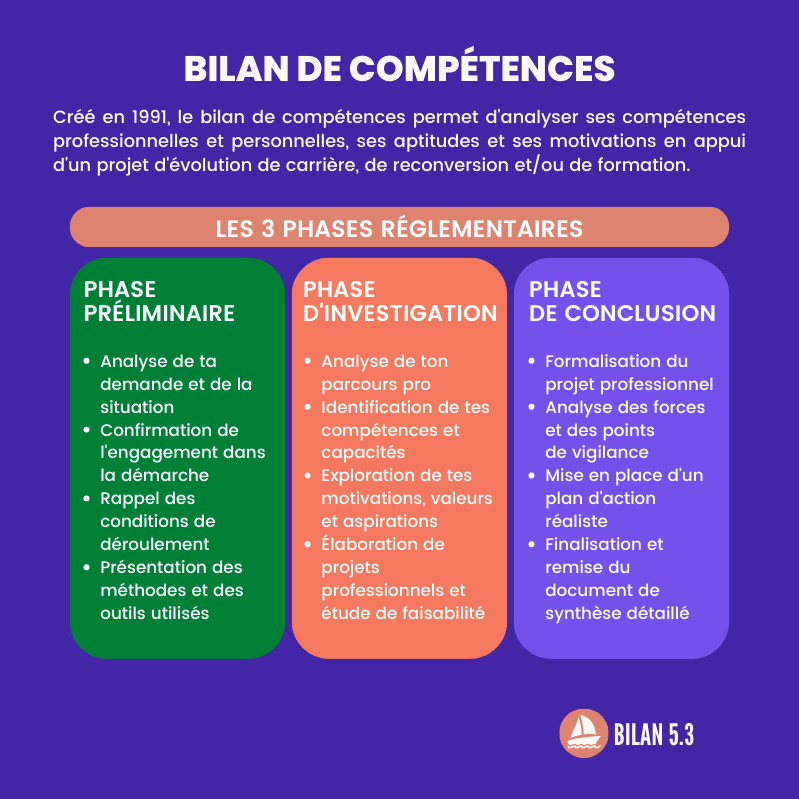A 4,000-year-old skull suggests ancient Egyptians were trying to treat cancer.

- Cuts on a 4,000-year-old skull may indicate ancient Egyptians tried to treat cancer.
- The streaks were around small, round metastatic lesions scattered over the skull.
- Researchers say they were probably made with a sharp metal instrument.
“We wanted to know more about the role of cancer in the past, how prevalent the disease was in antiquity, and how ancient societies interacted with the disease.”explains Tatiana Tondini, researcher at the University of Tübingen and first author of the study published in Frontiers in Medicine.
To do this, her team studied two skulls from ancient Egypt. They discovered that doctors at the time had tried to treat a cancer patient or learn more about their disease.
Ancient Egyptians try to cure cancer
To understand the ancient Egyptians’ knowledge of cancer, the researchers examined under a microscope two skulls from that period that were kept at the University of Cambridge. The first, dated between 2687 and 2345 BCE, belonged to a man aged 30 to 35. The second came from between 663 and 343 BCE and belonged to a woman over 50 years old.
On the man’s, the team noticed the presence of a lesion consistent with excessive tissue destruction, corresponding to a cancerous tumor. In addition, there were also about thirty small, round metastatic lesions scattered around. Around these, the scientists discovered streaks apparently coming from a sharp, metallic object.
“It appears that the ancient Egyptians performed some kind of surgical intervention related to the presence of cancer cells, proving that ancient Egyptian medicine also conducted experimental treatments or medical explorations related to cancer.”reveals co-author Professor Albert Isidro, a surgical oncologist at Sagrat Cor University Hospital, specializing in Egyptology.
Cancer was very present in ancient times
The female skull showed a large lesion consistent with a cancerous tumor that had caused bone destruction. “This may indicate that although today’s lifestyle, aging people and carcinogens in the environment increase the risk of cancer, cancer was also a common pathology in the past.”the authors specify in a communicated.
The authors also identified two healed lesions following traumatic injuries caused by a sharp weapon. For them, these would show that the patient potentially received treatment that allowed her to survive. If these marks had no link with cancer a priori (unlike the first), they could lead to reviewing certain knowledge about Egyptian society. “Was this woman involved in war activities? asks Tatiana Tondini. If this is the case, we need to rethink the role of women in the past and how they actively participated in ancient conflicts.”
The team says it is difficult to draw definitive conclusions because the remains are often incomplete and they do not have the clinical history of these patients. However, their findings provide some avenues for further work.
“This study contributes to a change in perspective and establishes an encouraging foundation for future research in the field of paleo-oncology, but further studies will be needed to understand how ancient societies dealt with cancer.”concludes Edgard Camarós, paleopathologist at the University of Santiago de Compostela.
















